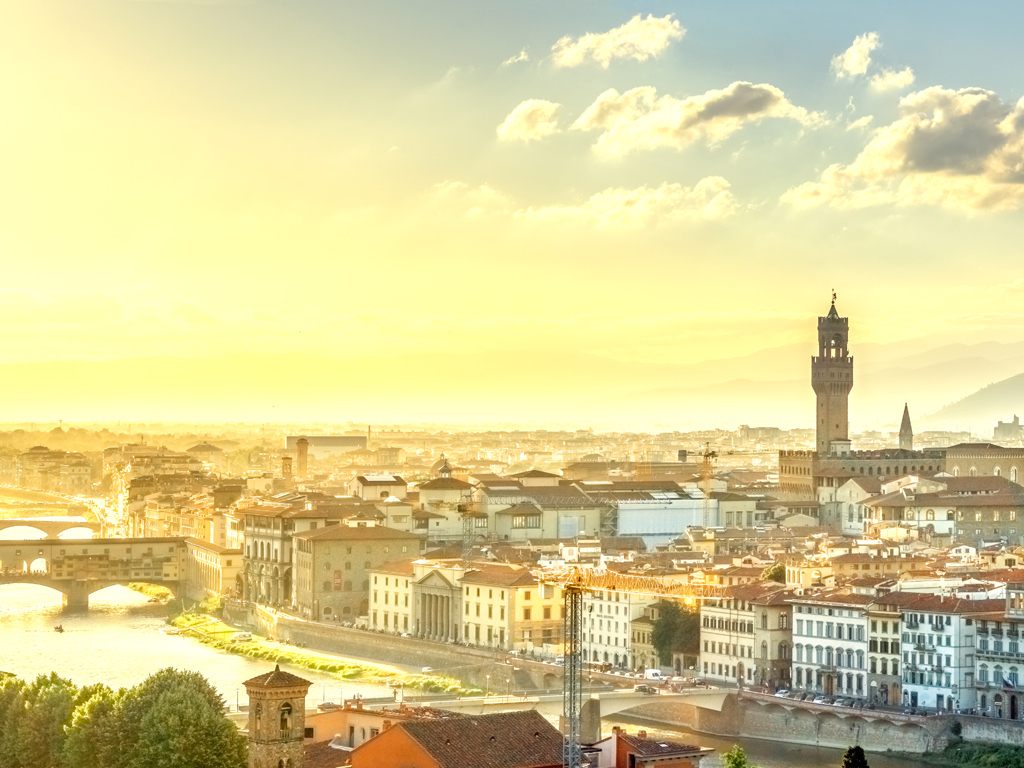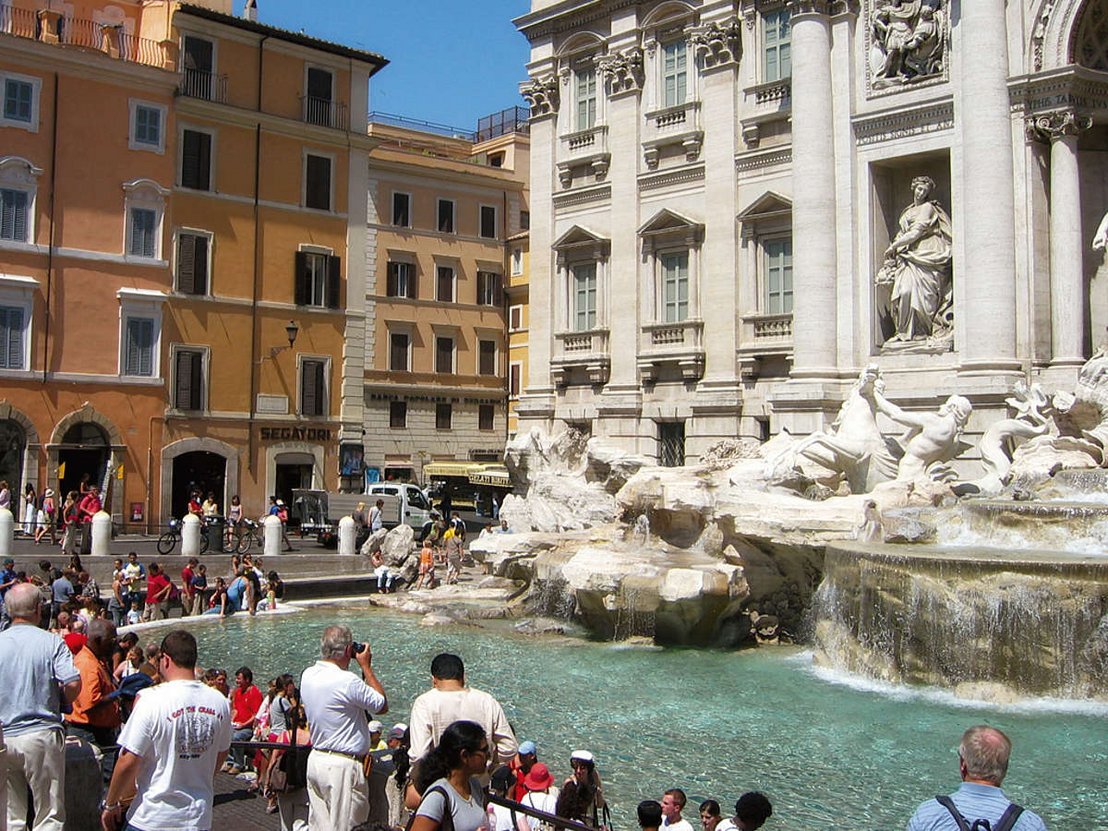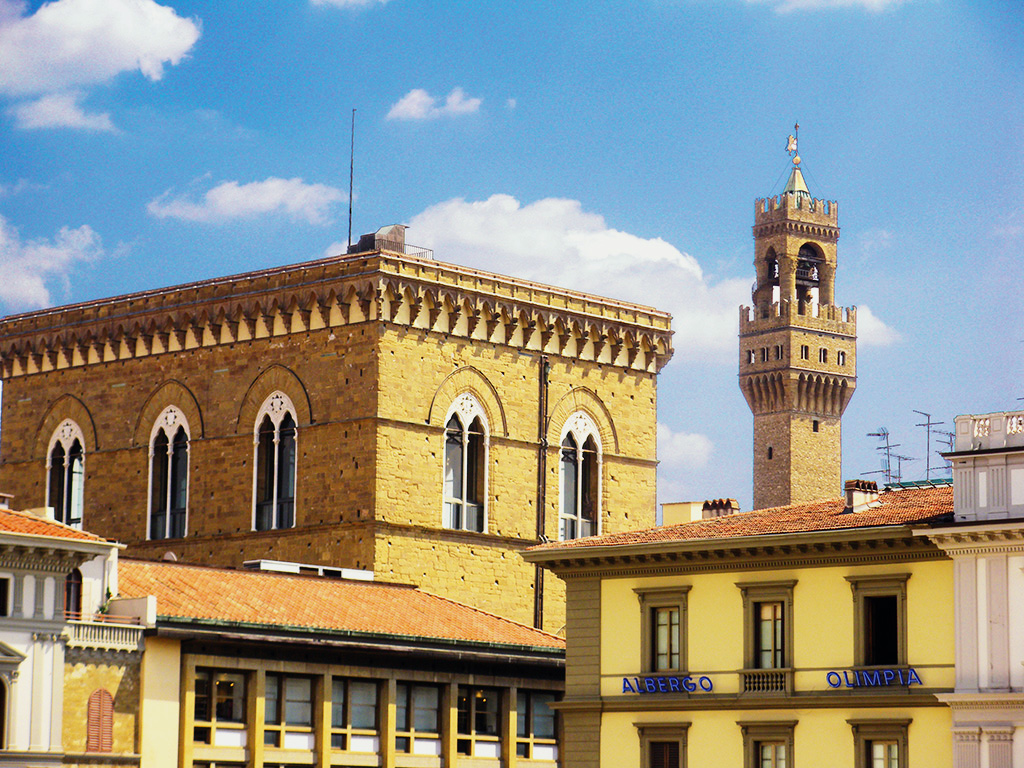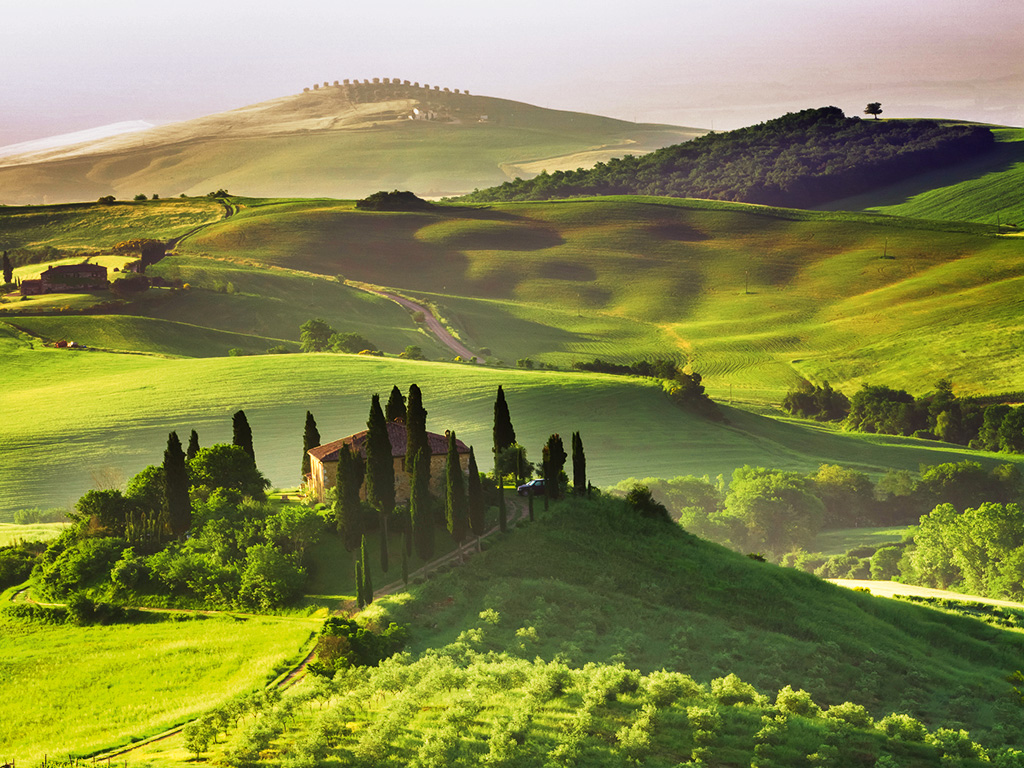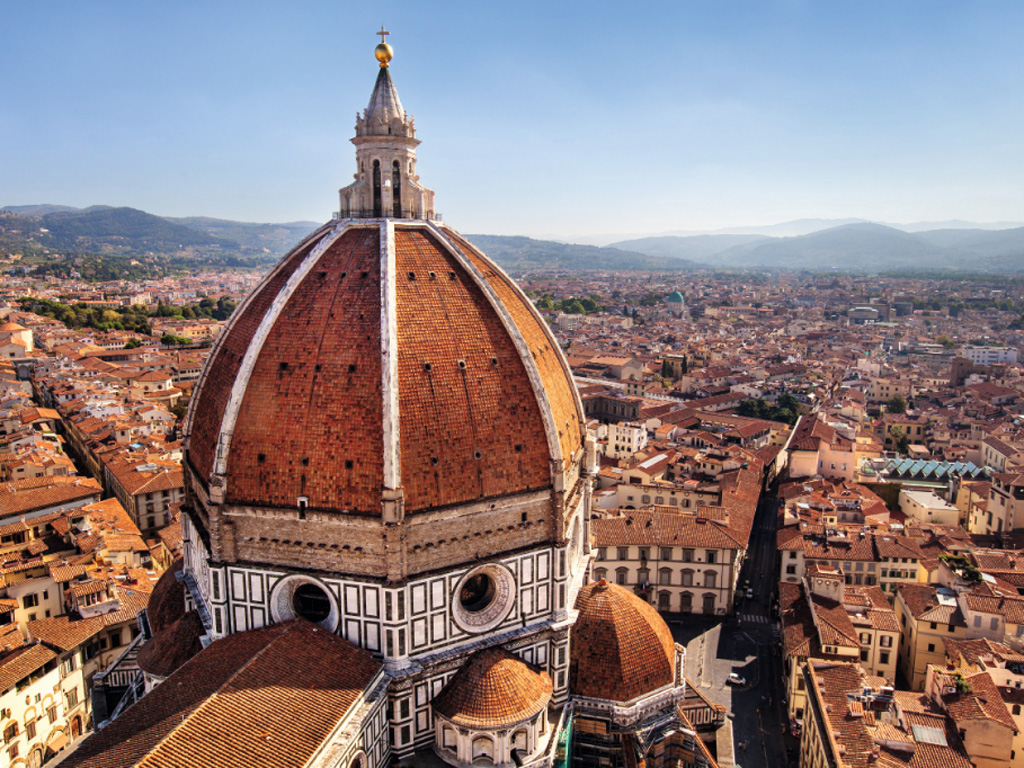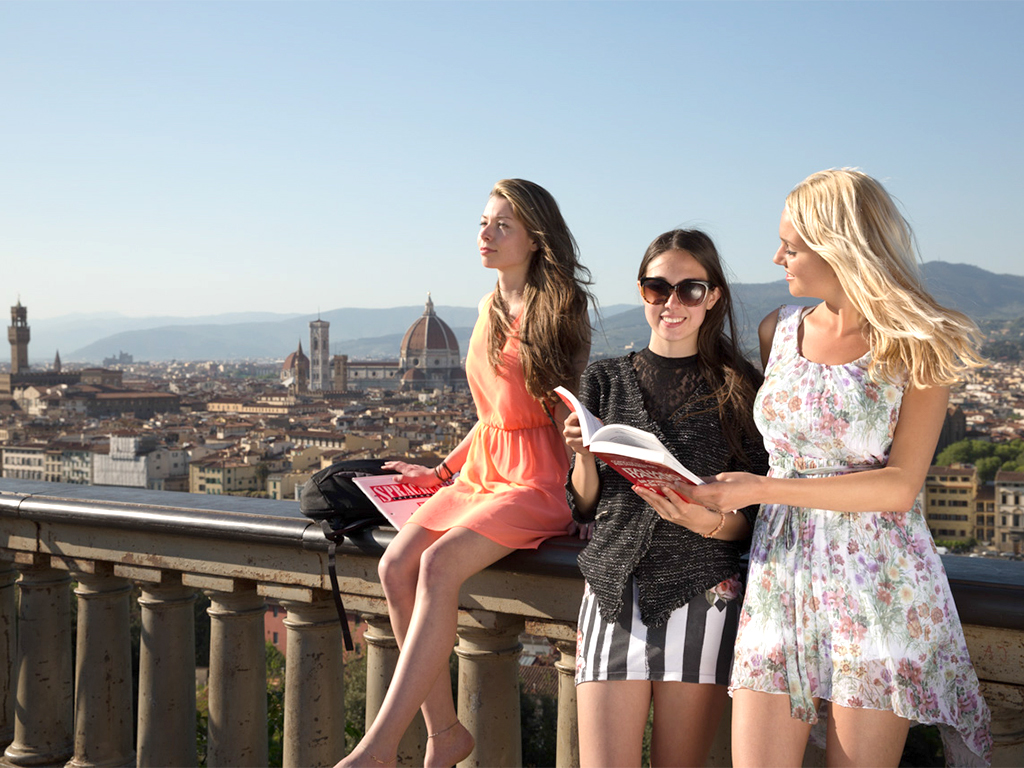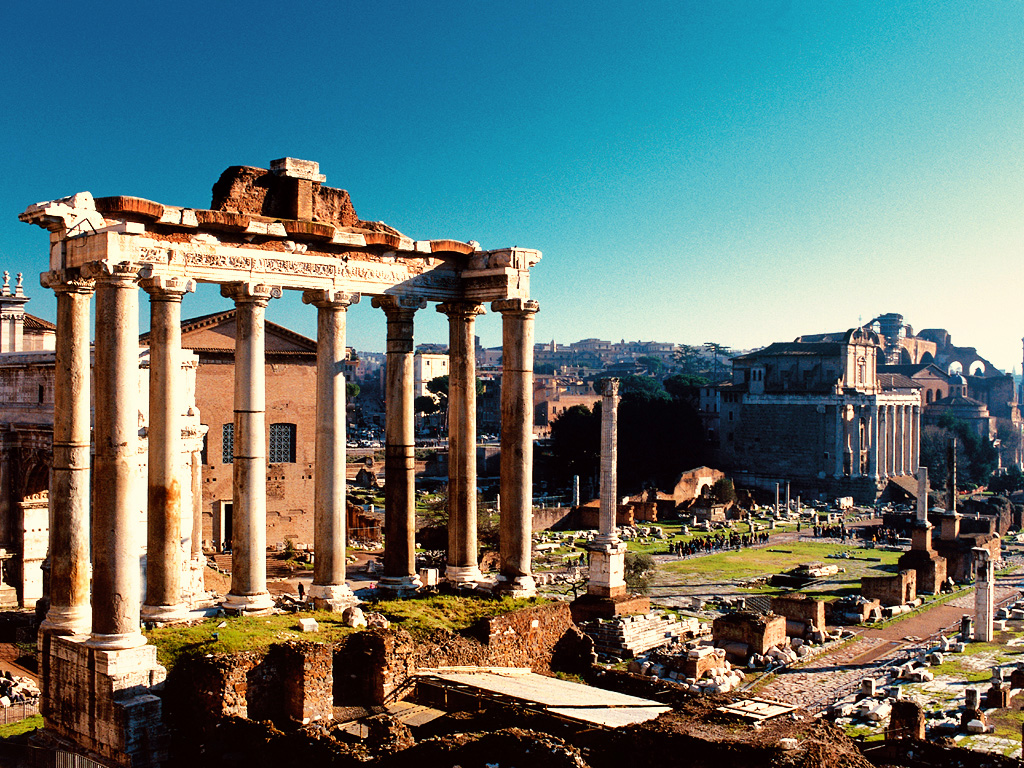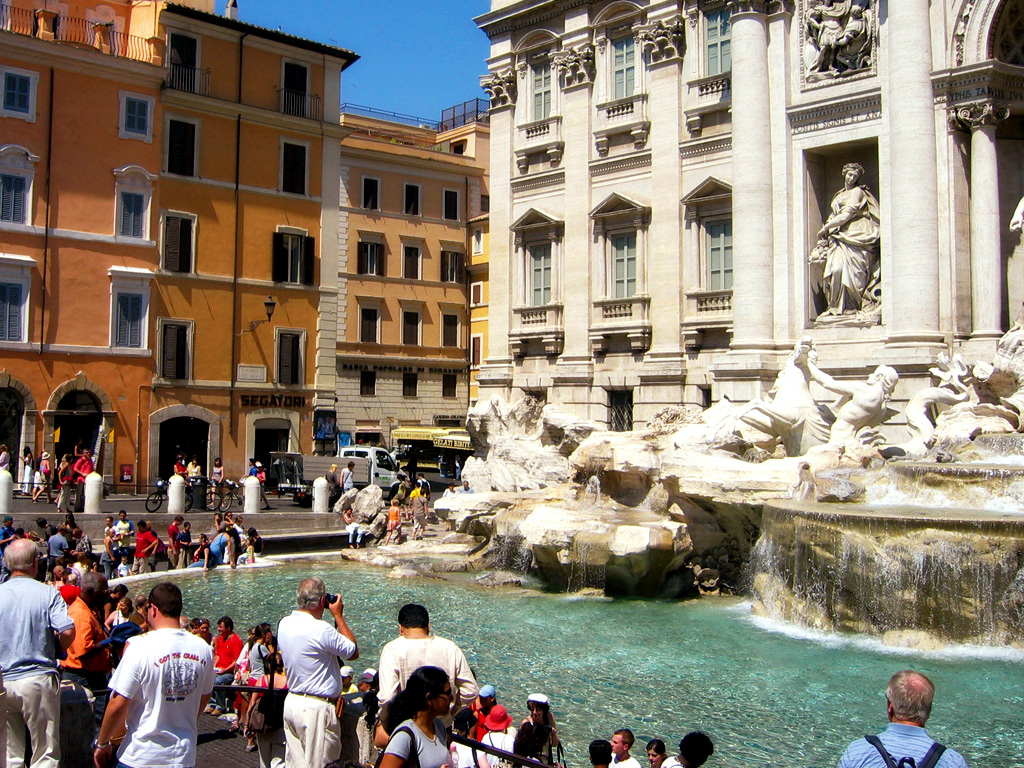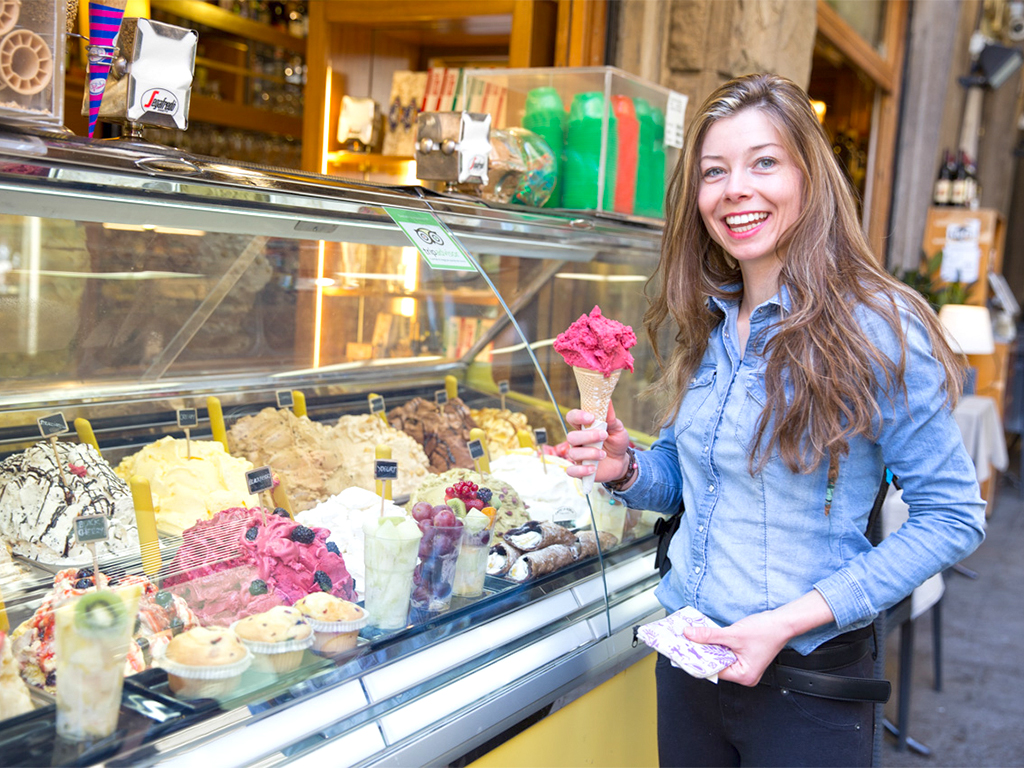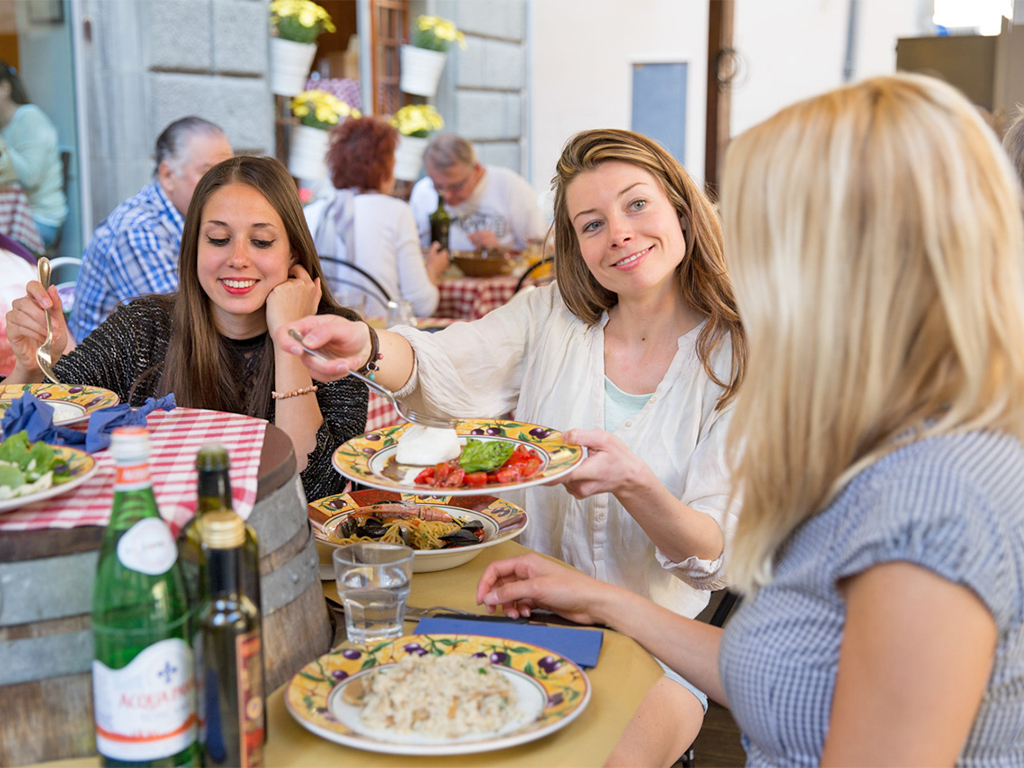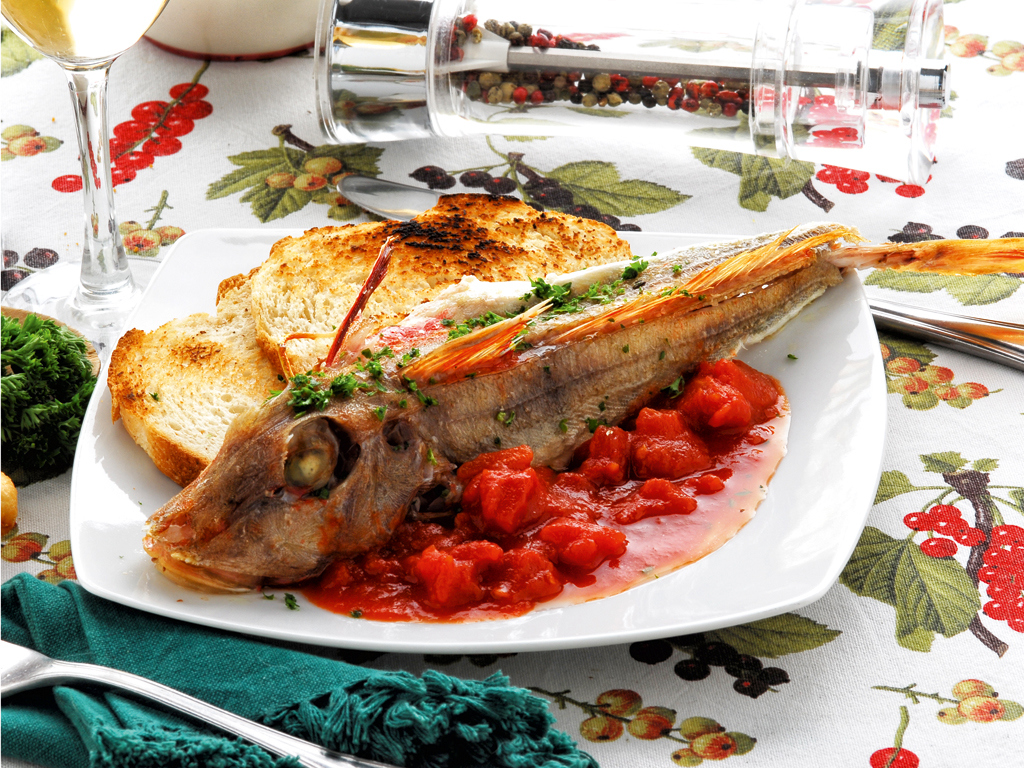Exclusive Discounts for your summer travels ✈️. Brighton up your lives this summer☀️ Get Set for Unbeatable Offers!
Travel guide for Italy
Italy has always been one of the most popular vacation destinations for millions of people every year. And with good reasons! The sunny weather, beautiful landscapes, friendly locals, and amazing food speak for themselves.
Countless historical buildings such as the Colosseum in Rome and the Leaning Tower of Pisa, as well as works of art by immortal artists such as Michelangelo and Da Vinci are waiting for you!
Regardless of where you are, be it south, north, or center, every Italian region has its own unique characteristics and essence. So join Sprachcaffe in the land of pizza, pasta, and gelato, and have una vacanza indimenticabile!
Geography
Time zone
Climate and travel seasons
Italy is also the European country with the highest number of active volcanoes, the most famous ones being the Etna, 3323 meters high, and Stromboli, 926 meters high.
Entry requirements
Citizens of other nationalities may need a visa to stay in Italy. For further information and visa requirements, please contact the Italian Embassy. We recommend an early application, as the processing time can be long. Depending on the purpose of your travel to Italy, there are different types of visas which will apply to your situation. Whether you are planning to visit, study or work or even to settle there permanently, you will have to apply for a different Schengen visa, accordingly.
Currency
The Italian Euro coins are strongly inspired by art. For example, the 1 Euro coin shows the Vitruvian Man by Leonardo da Vinci, and the 10 cent coin shows the Birth of Venus by Botticelli. On the 2 Euro coin there is a portrait of the writer Dante Alighieri by artist Raffaello.
Health care
Packing list
Religion
Politics
Local language and communication
In principle, there are many dialects in Italy, many of which are actively spoken. Here a general distinction is made between northern Italian dialects, such as Lombard and Venetian; Tuscan dialects; central Italian (Roman dialect) and southern Italian dialects (e.g. Sicilian). Spoken Italian, which is taught in schools, has evolved from the Tuscan dialect, which is why many say that Tuscany in particular is a good place to learn Italian.
Public transport
History
Italy's first inhabitants were the Etruscans, who settled in the peninsula from the 8th to the 12th century BC. Traces of the first colonies of Etruscan and Greek culture were found on the southern coast.
Around 500 BC the first Roman Republic was founded. The resulting Roman Empire then spread through Spain and Britain to North Africa and the Middle East. Ancient Rome was characterized, among other things, by its dense road network that connected the growing cities, thanks to which the exchange of goods, between today's Europe, Turkey and North Africa was made possible. Incidentally, the saying "All roads lead to Rome" also dates from this period, because the center of the Roman Empire continued to be the city of Rome. It was not until 313 that Emperor Constantine the Great moved the capital of the empire to Constantinople, today's Istanbul. Around the year 500 AD, the Goths and the Lombards invaded the Roman Empire, and as a result, the country fragmented into a series of dominions. By the 12th century, Italy was occupied by invading peoples and rivalries arose between cities in northern Italy.
During the Renaissance in the 15-16th centuries, Italy experienced a new period of prosperity, with the Kingdom of Naples and the city-states of Milan, Florence and Venice experiencing a cultural as well as economic boom. Even today the Italian artists of the Renaissance, including Donatello, Botticelli, Leonardo da Vinci, Raffaello, Michelangelo and Tiziano are world famous. The rich Florentine noble family de Medici supported numerous artists of the era. Numerous architectural buildings, such as the Giardino di Boboli, can be traced back to the Medici family. The restoration of the Basilica di San Lorenzo was also initiated by them. The merchant family also had a considerable art collection, which still forms the core of the Uffizi Gallery, the famous art museum of the city of Florence.
Italy was ruled by Spain, Austria and France in the following centuries. In the 19th century, after the Congress of Vienna, the Italian national movement began, also known in Italian as the Risorgimento ("Resurgence"). After the Italian Wars of Independence, the unification of Italy happened in 1861. Key figures during the Italian Wars of Independence were Giuseppe Garibaldi, an Italian guerrilla fighter most famous for the Spedizione dei Mille (Expedition of the Thousand). On May 5, 1860, he sailed south with a thousand of his "Red Shirts" to conquer Sicily and Naples for the Kingdom of Italy. Other key figures included freedom fighter Giuseppe Mazzini and Count Camillio Benso of Cavour, who constructed large parts of the Italian constitution and acted as the first prime minister of the new kingdom. On March 17, 1861, Vittorio Emanuele II was proclaimed King of Italy in Turin. Previously, he had been ruler of the Kingdom of Sardinia-Piedmont.
In the early 1920s, dictator Benito Mussolini came to power and controlled unions and the media. At the same time, some civil rights were abolished. After political and military failures, he was ultimately shot by partisans in 1945.
Culture
Festivals
- Carnevale: the Florence Carnival highlights diverse world cultures. Typically takes place in February
- Scoppio del Carro: (Easter) The chariot bang in Florence happens every year on Easter Sunday: a chariot with fireworks is pulled through the city by two white oxen and then ignited in front of the cathedral. This ritual dates back to the time of the Crusaders and has become a real magnet for visitors.
- Maggio Musicale Fiorentino: (April - May) Do you like operas and concerts? Then the annual opera festival in Florence is a must for you! Since 1933, contemporary and forgotten operas have been presented on this occasion. Maggio Musicale is the first music festival in Italy and takes place in various opera houses and theaters.
- International Handicraft Exhibition: (April – May) Every year the Florence International Crafts Fair welcomes artisans and artisanal enterprises of all domains and dimensions, to present to visitors the variety, wealth and quality of a the handicraft.
- Florence Dance Festival: takes place every summer (from June until the end of July) at the Teatro Romano in Fiesole. Come take part in a mixed program of music, poetry and cinema.
Holidays
- Befana (January 6): witch from Italian folklore who brings gifts to children, she represents the counterpart to St. Nicholas
- Festa della Liberazione (Liberation Day, April 25): liberation from Nazi Germany and arrest of Benito Mussolini
- Labor Day (Festa del Lavoro): celebrated on May 1st
- Festa della Repubblica (Republic Day): is celebrated on June 2. The day was established as a holiday in commemoration of the Italian referendum of June 2, 1946. In the referendum, the majority of Italians voted for the republic form of government.
- Ferragosto (Assumption of the Virgin Mary): many Italians plan their vacations around this day, as August 15 is considered the hottest day of the Italian summer and thus marks the "turning point of summer."
Food
In Italy, there is the ristorante, the osteria and the trattoria. As a rule, the ristorante is more upscale, while the latter are targeted to the locals. Dinner in Italy is usually eaten rather late, around 8 p.m. To shorten the waiting time between lunch and dinner, people usually have an aperitivo with friends in a bar. This means that you order a glass of Prosecco or an Aperol Spritz and eat a few appetizers, which are served free of charge with the drink.
A full meal in Italy consists of an appetizer (antipasto), the first course (primo), which is usually pasta or soup, the second course (secondo), a meat or fish dish and a final dessert. After the meal there is still room for a coffee and/or a digestivo (e.g. limoncello). Usually there is bread and water with each meal, which are included in the "cover price" (coperto).
The dishes vary according to region. For example, Tuscan cuisine includes crostini (toasted bread with liver pate, for example) and ribollita, a soup with vegetables and bread, and the traditional dish fagiolini alla fiorentina (green beans with olive oil). Florence, the capital of Tuscany, is famous for its bistecca alla fiorentina, a piece of beef of at least 500 grams roasted on a charcoal fire. In Venice, baccalà (salted cod) is a specialty. In the south of Italy, olives are an integral part of antipasti. Pasta dishes with legumes, such as chickpeas and various types of beans, are especially common in the south. On the coast, fresh fish is a popular main dish. Larger fish such as swordfish (pesce spada) and tuna (tonno) are deliciously prepared in various ways on the grill or in the pan.
Common tourist mistakes
Tips and advice
Small dictionary
| English | Italian |
|---|---|
| Hello! | Ciao! |
| Good morning! | Buongiorno! |
| Good evening! | Buonasera |
| Welcome! | Benvenuto/Benvenuta |
| How are you? | Come stai? |
| Good thank you! | Bene, grazie |
| And you? | E tu? |
| Thank you / Thanks a lot! | (Mille) Grazie |
| You're welcome! | Prego |
| Good night! | Buona notte |
| See you later! | A più tardi |
| Bye! | Ciao! |
| I am lost | Mi sono perso/persa |
| Can I help? | Posso aiutarle? |
| Can you help (me)? | Puo aiutarmi? |
| Where is the toilet / pharmacy? | Dov'è il bagno/ la farmacia? |
| Do you speak English? | Parla (inglese)? |
| My name is … | Mi chiamo... |

